Every week we round up media news you may have missed while you were busy selling community.
- “The much ballyhooed unmaking of daily newspapering seems to be unmaking itself,” says David Carr in a column on the New Orleans Times-Picayune’s retreat back into daily publishing. “The industry tried chasing clicks for a while to win back fleeing advertisers, decided it was a fool’s errand and is now turning to customers for revenue. But in order to charge people for news, you have to prosecute journalism.“
- Andrew Beaujon rounds up what journalists need to know about the Justice Department’s subpoena of two months of phone records of AP reporters and editors.
Jack Shafer speculates on why the Obama administration was so heavy-handed in its response to the AP’s reporting:
My guess is it wasn’t the substance of the AP story that has exasperated the government but that the AP found a source or sources that spilled information about an ongoing intelligence operation and that even grander leaks might surge into the press corps’ rain barrels. At the risk of making the Department of Justice’s argument for it, a leak once sprung can turn into a gusher as the original leakers keep talking and new ones join them, or as the government attempts to explain itself, or as others in the government begin to speak out of turn. From what I can tell, all of the above happened after the AP story appeared.
- The New Yorker has introduced a new tool, Strongbox, for anonymous tipsters to send documents and messages.
- Sponsored content is coming to Breaking News in the form of “Breaking Ads”:
Each ad is a news update in itself, optimized for a mobile audience … The updates are targeted to appear only when stories of a similar nature appear nearby, and they’re disclosed as advertising to avoid any confusion with Breaking News’ coverage.
- Targeting ads based on a user’s current location isn’t cool. You know what’s cool? Targeting ads based on a user’s historical location data which gives insight into the user’s lifestyle and behavior.
- Wondering what the difference is between Facebook ads and promoted posts? Here’s a side-by-side comparison of Facebook ads versus promoted posts.
- A new McKinsey study says 92 percent of time spent on news consumption is on the legacy platforms of print, radio and television.
- Was it “beneath” the Washington Post to mock White House Press Secretary Jay Carney with a BuzzFeed-ish photo listicle? Chris Cillizza responds:
Journalists have to change with [the] times. And that means looking for alternative storytelling paths. People like the Post’s Ezra Klein, Nate Silver at 538 and sites like BuzzFeed have innovated by understanding that not every story or every bit of analysis needs to come in the form of a text-heavy piece of content that features a series of quotes from players on both sides of the aisle.
The web provides us with a multitude of story-telling tools — from text to pictures to graphs to embedded tweets and beyond. My goal … is to figure out the best way to tell each story, to match the story to the tool in hopes of telling it to as many people as possible.
- Rebecca Schoenkopf explains why Wonkette won’t be putting up a paywall: “Too many of our readers are poor and homeless and covered in scabies and sadness for us to put up paywalls.”
- Has the search engine optimization (SEO) industry failed to adapt to shifts — from Google algorithm changes to the increased role of social media — in how consumers find content?
- How journalism schools are helping students develop entrepreneurial journalism skills.
- And finally, was the 2013 World Press Photo of the Year faked with Photoshop?








